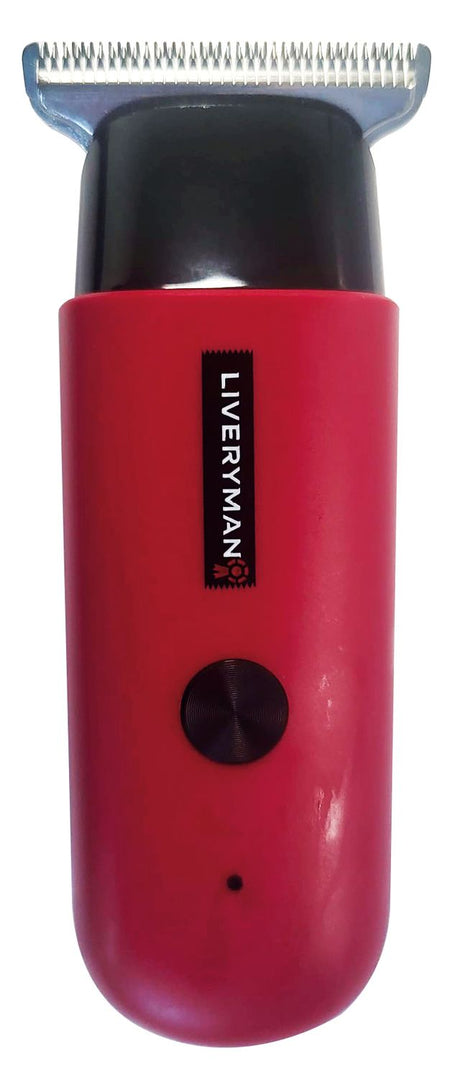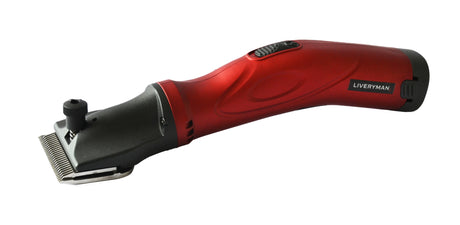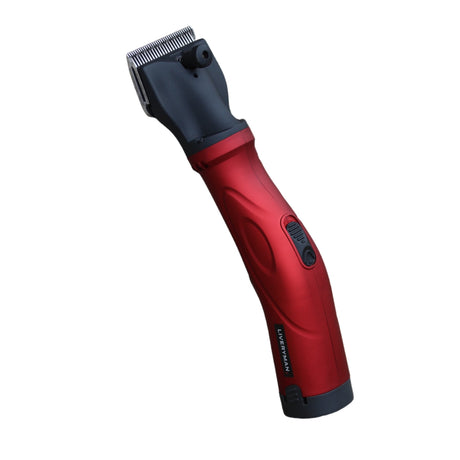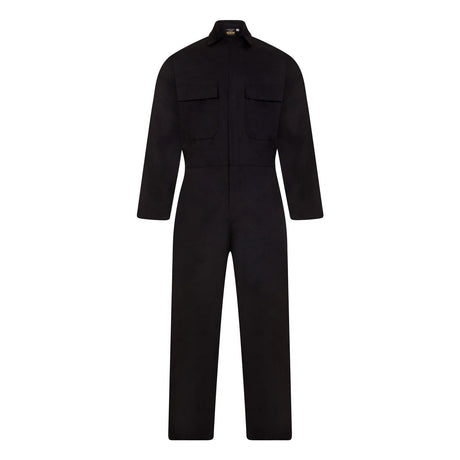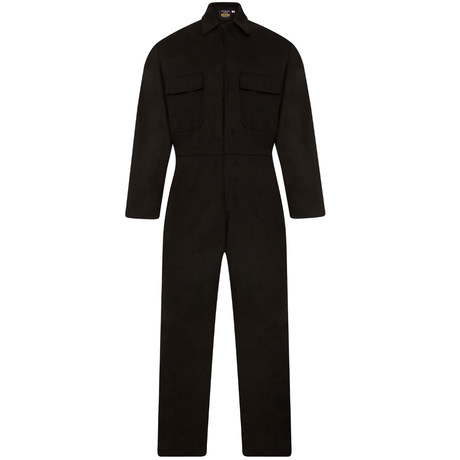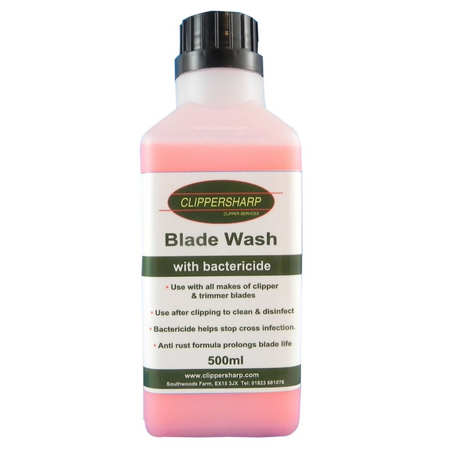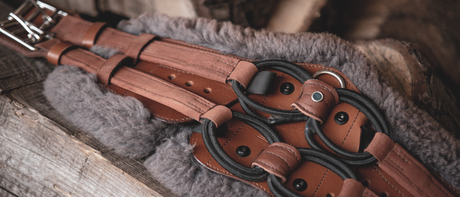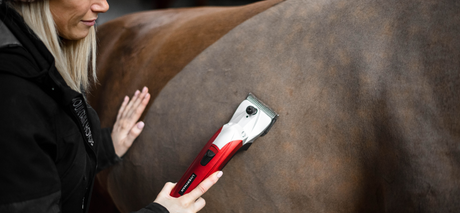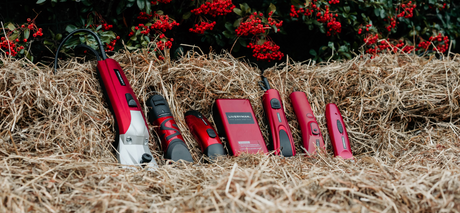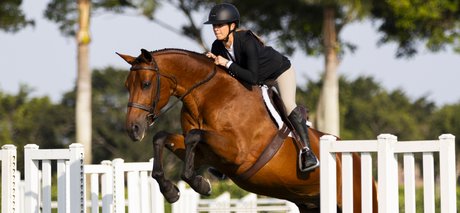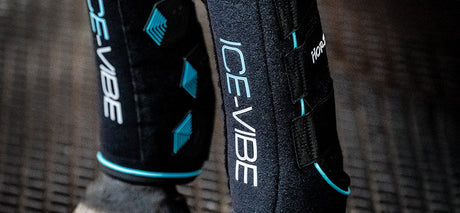As the temperatures drop and winter rugs come out, one question divides horse owners every year: should I clip my horse or not? There’s no one-size-fits-all answer, but understanding why and when to clip can help you make the best decision for your horse’s comfort and performance.
Horses naturally grow thick winter coats to stay warm, but for ridden horses, this can cause overheating and discomfort during work.
Why Clip at All?
As the days shorten and the chill sets in, your horse naturally grows a dense coat for warmth. That’s perfect for those living out unrugged — their winter hair provides excellent insulation against cold and wet weather.
However, for horses in consistent exercise, this coat can lead to problems:
- Excessive sweating during work.
- Long drying times afterwards, increasing the risk of chills.
- Overheating, making your horse uncomfortable and harder to manage.
Clipping reduces sweating, helps your horse cool down more efficiently, and can even make grooming quicker. It also keeps your horse looking tidy throughout the winter season.
When Should You Clip?
Most horse owners start clipping in September or October, once the thicker coat begins to come through. How often you need to clip depends on your horse’s workload and how quickly their coat grows.
For many, two to three clips per winter is plenty. Competition horses, however, may be clipped more regularly - even year-round - to stay cool, clean, and presentable.
Avoid clipping too late in the season (beyond February) as this can affect the growth of the new summer coat coming in.
Common Clip Styles (and Which to Choose)
There’s no one “right” clip — it depends on your horse’s lifestyle and workload. Here are the traditional options:

Full Clip – Removes all hair including head and legs. Best for horses in hard, competitive work who are fully stabled.

Hunter Clip – Leaves hair under the saddle and on the legs for protection. Ideal for fit horses with regular turnout.

Blanket Clip – Keeps a “blanket” of coat over the back and hindquarters. Great for horses in medium work who are turned out during the day.

Trace Clip – Removes hair where sweat builds up (neck, belly, flanks) while keeping warmth in other areas.

Irish Clip – A quick, simple option that removes hair from the neck and chest — perfect for light work.

Strip Clip – A minimal clip, removing hair only from the front of the neck, chest and belly; suitable for horses in very light work or living out full-time.
Some owners even get creative, adding fun patterns or designs — though practicality should always come first!
Clipped horses need a little extra care:
- Use appropriate rugs to replace lost insulation.
- Allow adequate cool-down time after work.
- Keep clippers sharp and clean to avoid discomfort.
- Consider regular oiling and brushing to maintain coat health.
Reasons not to clip:
For horses who are:
- Retired or lightly worked
- Living out 24/7
- Or those that struggle to keep weight on. Keeping their natural winter coat can be more beneficial as their coat is designed to insulate and protect. So clipping unnecessarily could make it harder for them to maintain body warmth, even with rugs.
Ultimately, the decision to clip depends on your horse’s workload, lifestyle, and living conditions. Some horses thrive clipped and rugged; others do best with their natural coat intact.
Whatever you choose, make sure it’s for your horse’s benefit — not just convenience or appearance.
So... to clip, or not to clip? That depends on your horse. Listen to them, assess their needs, and you’ll make the right choice every time.


